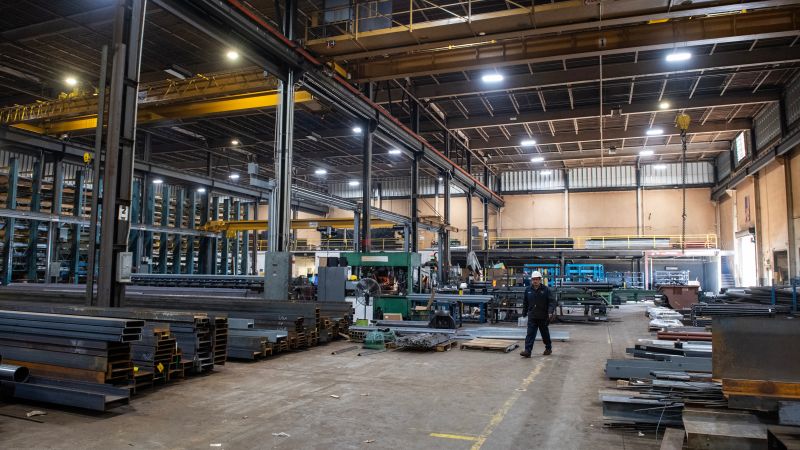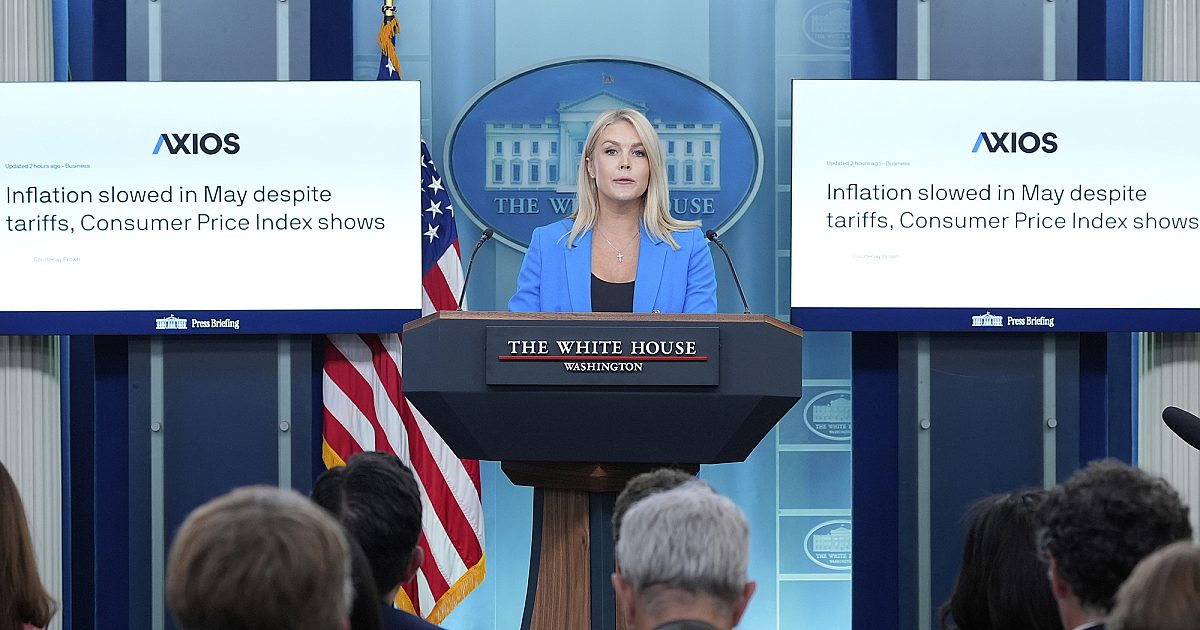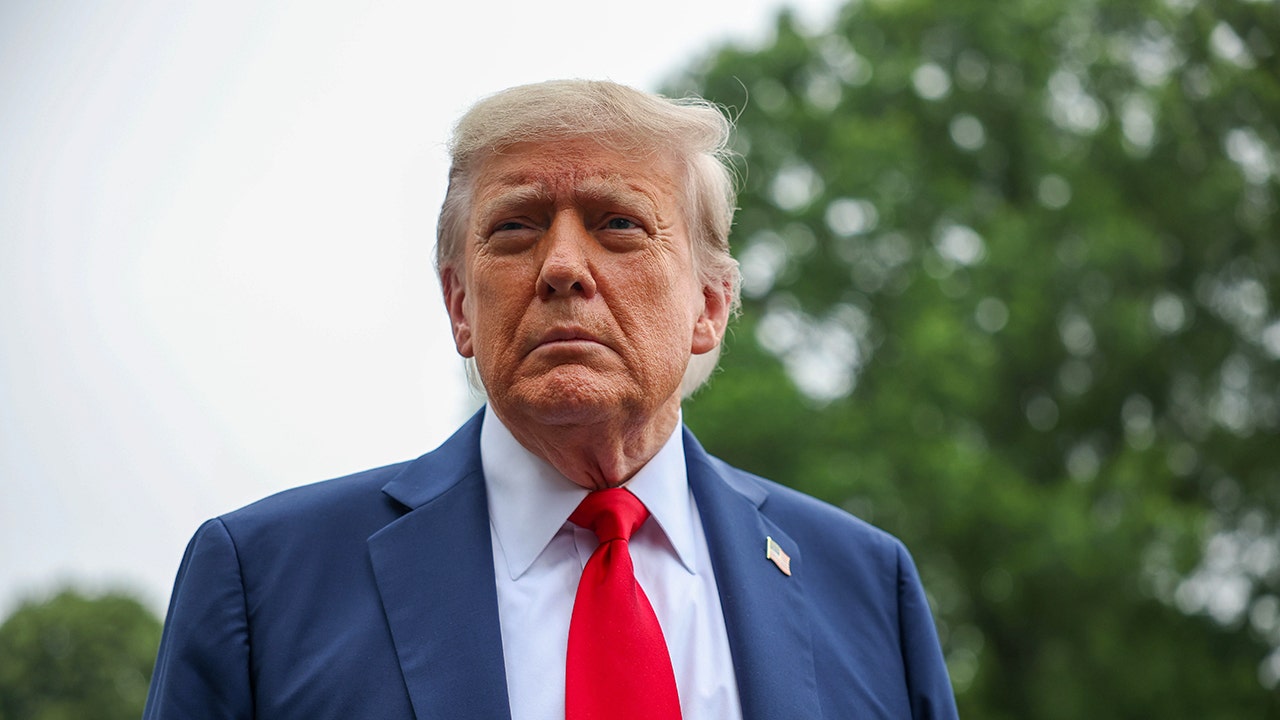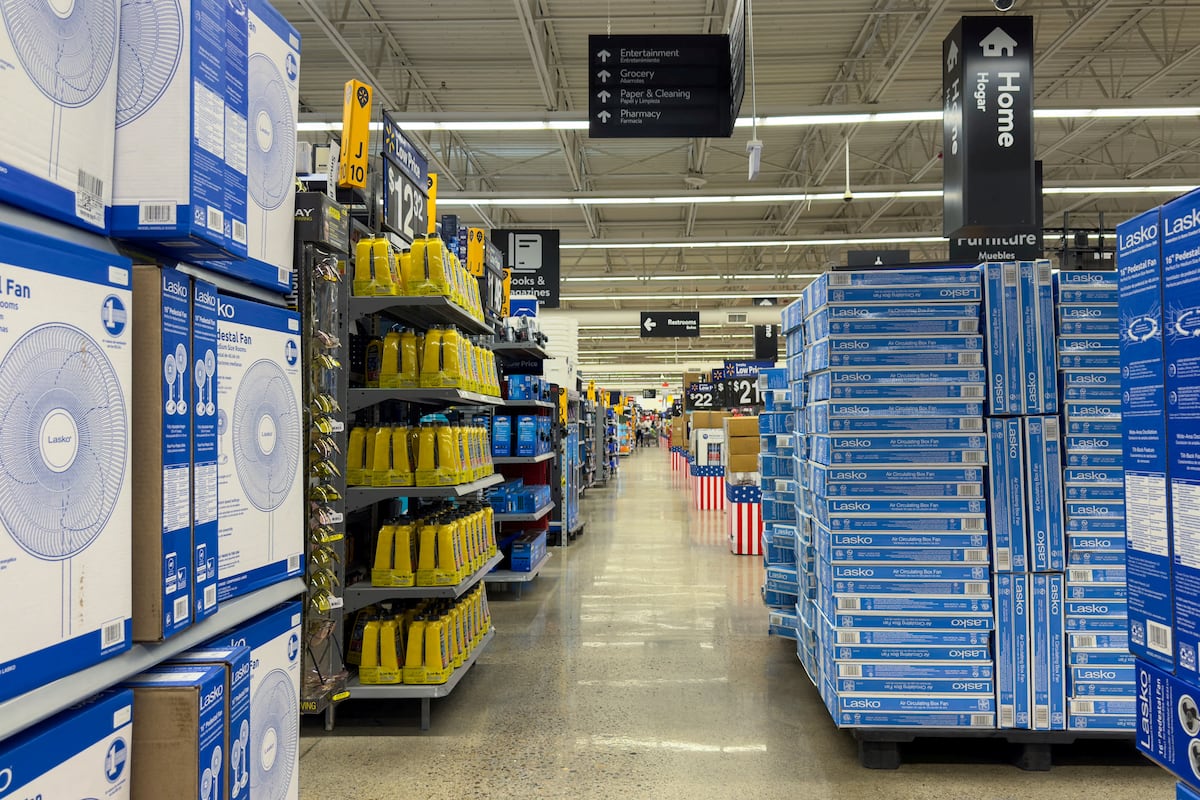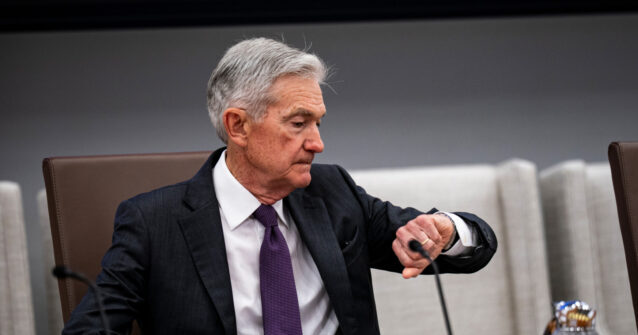US Inflation Trends: Consumer Prices Rise Amid Stable Wholesale Inflation
Despite a rise in consumer prices influenced by tariffs, US wholesale inflation remained stable in June, indicating mixed economic signals ahead.
Subscribe to unlock this story
We really don't like cutting you off, but you've reached your monthly limit. At just $5/month, subscriptions are how we keep this project going. Start your free 7-day trial today!
Get StartedHave an account? Sign in
Overview
- Economists projected a 0.3% rise in consumer prices from May to June, the largest increase since January, influenced by Trump's tariffs.
- Core inflation, excluding food and energy, rose to 2.9% in June, reflecting tariff impacts, while core producer prices remained unchanged.
- US producer prices remained unchanged in June, with wholesale inflation under control, indicating stability despite consumer price increases.
- June wholesale prices increased by 2.3% year-over-year, marking the smallest gain since September, suggesting a cooling trend in wholesale inflation.
- The Federal Reserve is expected to maintain interest rates amid these mixed signals, complicating Trump's calls for rate cuts ahead of midterm elections.
Report issue

Read both sides in 5 minutes each day
Analysis
Center-leaning sources frame the June CPI increase as a direct consequence of President Trump's tariffs, using loaded language like "tariff shock" and "unwelcome rise." They emphasize economists' predictions that tariffs would "reignite inflation," presenting the data as a fulfillment of these concerns and prioritizing the narrative of tariffs driving consumer prices higher.
Articles (34)
Center (11)
FAQ
President Trump's tariffs have increased costs on imports such as steel, aluminum, household goods, clothing, and electronics, which has driven up prices and contributed to the recent rise in U.S. inflation, including core inflation rising from 2.8% to 2.9% in June 2025.
The tariffs are projected to reduce long-run U.S. GDP by about 6% and wages by 5%, with middle-income households facing a lifetime loss of approximately $22,000. These negative effects are more than twice as harmful economically as a comparable corporate tax increase.
Trump's tariffs increased federal tax revenues by over $171 billion in 2025, constituting the largest tax hike since 1993, but also triggered retaliatory tariffs from countries such as China, Canada, and the EU, impacting $330 billion of U.S. exports and reducing GDP by an estimated 0.2%.
Amid rising inflation driven by tariffs, the Federal Reserve is expected to maintain interest rates rather than cut them, which complicates President Trump's calls for rate reductions to stimulate economic growth.
Rising inflation poses significant political challenges for President Trump and Republicans ahead of the midterm elections, as increasing consumer costs undermine economic promises made by the administration.
History
- 4M

 28 articles
28 articles



